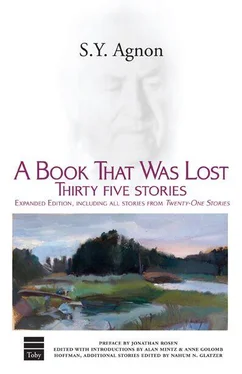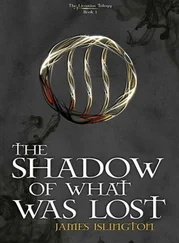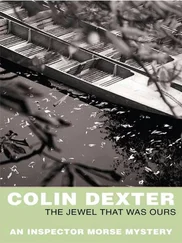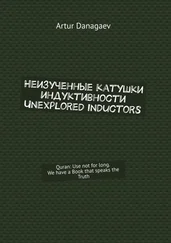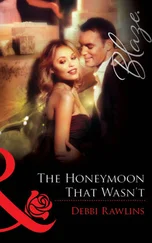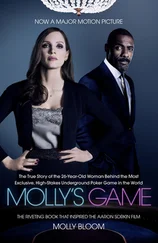We have learned in mystical works that there are seventy souls, which are reincarnated in several animals, and they are called the Sign of the Lion, the Sign of the Ox, the Sign of the Eagle, the Sign of the Virgin, the Sign of the Scorpion, the Sign of the Ram. For we have found that the Twelve Tribes are compared to animals: Judah to the Lion—“A lion’s cub is Judah”; Joseph to the firstborn ox; Issachar to a strong ass; “Dan shall be a serpent”; “Benjamin is a ravenous wolf.” Clearly the whole secret of reincarnation is that the evil impulse alters everyone according to his deeds, and some are like a lion, a serpent, a donkey.
If so, why are saintly people reincarnated as fish? Because a fish’s entire life is in water, and water is a place of purification. When they are removed from the water, their life ceases. Similarly, the righteous live all their lives in purity. Furthermore, the eyes of the saintly are open to their deeds just like fish, who have no lids on their eyes, which are always open; and through the merit of the righteous the Eye on high is ever open upon us for good. Also, the righteous are scrupulous not to be gripped by sins, but we are like fish caught in a net. Another thing: the righteous always pour out their hearts in repentance like water before the Lord, which is how the Targum translated the verse “And they drew water and poured it out.”
We have also learned which are the fish in which the souls of the righteous are reincarnated; and what is the fate of those who make a show of righteousness but are not righteous — whether they are also reincarnated as fish; and what is the fate of those whom the world sees as righteous but are neither righteous nor evil.
Know that there are three classes: one consists of utter saints; one of those who pretend to be righteous and are neither righteous nor wicked; and one of the utterly wicked who pretend to be saintly. Absolute saints are reincarnated as kosher fish. The righteous who are neither saintly nor wicked are reincarnated as fish whose kashrut is debatable, for in some places they are permitted and in some places they are absolutely forbidden. And those who pretend to be righteous and are utterly wicked are reincarnated as non-kosher fish, since they are many and multiply and are fruitful like the fish, and they send forth progeny who are similar to them. Therefore the non-kosher fish are more plentiful than the kosher ones. They — that is, those evildoers whose countenance is saintly — are acolytes of Dagon, the Philistine god, who from his waist down was in the form of a fish and from his waist up was in the form of a man. Job prayed concerning them: “Let them curse it who curse the day, who are ready to rouse the Leviathan,” which Rashi of blessed memory interpreted to mean: “To be childless in their joining together, to isolate their company from the society of man and wife, with no children.”
We have other dread and marvelous secrets such as the reason why a fish has the merit of being eaten on the Sabbath and festivals. Moreover, there is a fish that has the merit of being eaten on the eve of Yom Kippur and a fish that is eaten at the Purim banquet, and there is a fish that is placed on the table of absolute saints, and there is a fish that descends into the belly of the utterly wicked. That is why some are cooked in vinegar and, in contrast, some are cooked in sugar. And also why it is that there is a fish we eat on the first day of the festival and one that we eat on the second day. Most profound are these matters, and I shall reveal only the tiniest bit here: a righteous man who possesses the sanctity of the Land of Israel has the merit of being reincarnated as a fish that we eat on the first day of the festival, and the soul of a righteous man who does not possess the sanctity of the Land of Israel is reincarnated in a fish that we eat on the second day. This is the secret of the saying of the rabbis of blessed memory: the second day compared to the first day is like an ordinary day.
Why did they not ask Fishl what the reason was for his wearing the arm tefillah and why his head tefillah was on the fish? In truth, they did ask him, but just as a fish does not answer, so, too, Fishl did not answer, because his tongue, may the Merciful One preserve us, was taken from him and he became mute.
I do not know what the end of the fish was. Fishl’s end was thus: from then on he grew ever weaker until he died. But some say this is not so, that he regained his vigor, and that he even grew stronger, but on the Sabbath of Hanukkah, which was also the New Moon, between one pudding and another, he suffered a stroke once again and gave up the ghost. I do not know whether he died between the Sabbath pudding and the Hanukkah pudding, or whether he died between the Hanukkah pudding and the New Moon pudding. And, as you know, what is not clear to me, I do not say.
After he died his daughters built a great monument on his tomb, to honor the man lying beneath it. Since Fishl’s Hebrew name was Ephraim, who was blessed with the phrase “And they shall abound like fish”—the fish who are fruitful and multiply, and the evil eye has no power over them — and since he was born in Adar, the month of the constellation Pisces, the stonecarver carved a pair of fish on his grave. Such fine-looking fish you will not find on the graves of other Fishls or others born in the month of Adar, because the stonecarver used the orphan Bezalel Moshe to draw the form of the fish on the stone before carving them. Since before they carve letters or forms, stonecarvers customarily draw them on the stone, and since Bezalel Moshe became a specialist in the form of fish, having examined so intently that fish which Fishl had sent with him, he drew the fish well.
Years went by and the monument sank into the earth. Not only do the living finish beneath the earth, so, too, do the dead, and so, too, the things we fashion in their memory. Some people have the merit of having their monuments stand for one generation, and other monuments stand for two. In the end they gradually sink until they are swallowed in the earth. So, too, Fishl Karp’s monument sank and was swallowed in the earth, but its tip did not sink. One can still see a pair of fish there. In another city people would say that a fish is buried there, and they would make up alarming stories, such as that once, while a fish was being prepared for the Sabbath, it raised its head and called out, “Remember the Sabbath day and keep it holy.” So it was known that the soul of a Sabbath observer had been reincarnated in it, and the rabbi ordered it to be buried in the cemetery. In Buczacz people would not tell such a story. Just as Buczacz is full of Torah, so, too, is it full of wisdom, and it does not like wonder tales that are not consistent with nature. Buczacz likes things as they really happen, and just as they happened, so does Buczacz tell them.
And since I was born in Buczacz and raised in Buczacz, mine are the ways of Buczacz, and I tell nothing but the truth. For I say that nothing is finer than truth, since aside from being beautiful in itself, it also teaches men wisdom. What does the story of Fishl Karp teach? That if you are going to pray, do not set your eyes upon meat and fish and other delicacies, but let your path be holy. Lest you say that Fishl is one matter and you are another, He knows that if you are not avid in the pursuit of meat and fish, you are avid for other things. The question of which is better is still open. We recite a blessing on fish and meat, both before and after eating them. Which of your other desires merits a blessing? May all our actions be for a blessing.
The involvement of Jews in German life and their identification with German culture constitute a rich history, a history that is reflected in and refracted through Agnon’s fiction. From his eastern European beginnings and a six-year sojourn in Palestine, Agnon came to Germany and immersed himself in the intellectual currents of both secular European and Jewish culture. The stories set in Germany convey keen absorption in the diverse and often conflicting styles of the people and the ideas he encountered.
Читать дальше
